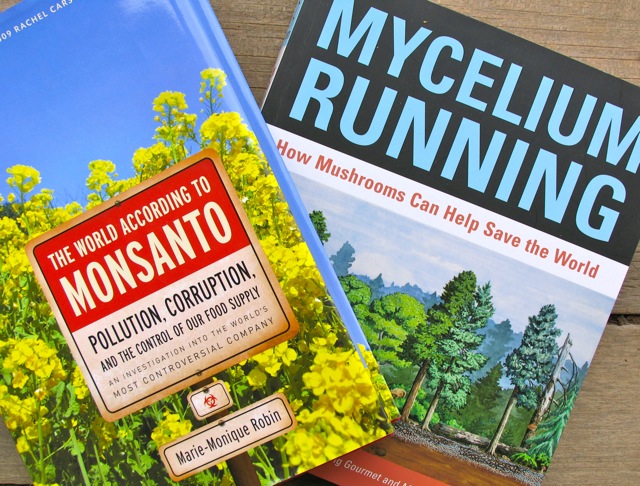
 In our reading room this week, it’s all about interconnection. The vast, unseen webs of mycelium running through the soil, and the tangled and huge implications of Genetically Modified Organisms.
In our reading room this week, it’s all about interconnection. The vast, unseen webs of mycelium running through the soil, and the tangled and huge implications of Genetically Modified Organisms.
The World According to Monsanto is a book that really scratches the itch. Which itch? That itch that tells you that you really should get a decent understanding of the whole GMO situation, so that when you’re next in a conversation about GMOs, you can fully and accurately express just how scary their implications are.
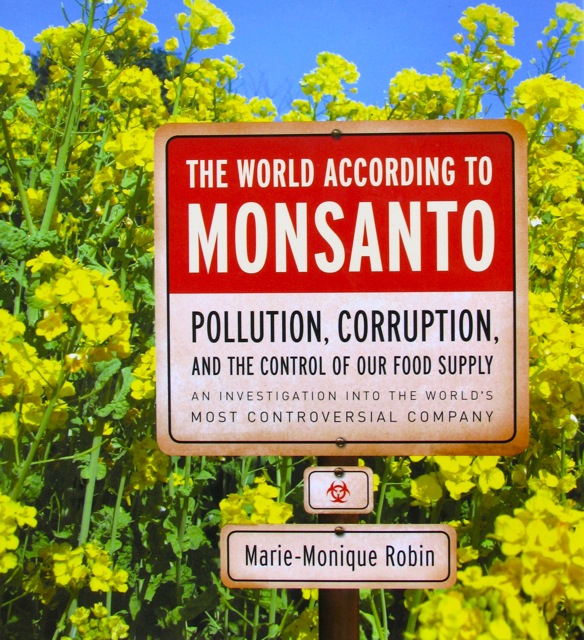
The World According to Monsanto: Pollution, Corruption and the control of our food supply – Marie-Monique Robin
This book by Marie-Monique Robin is incredibly well researched, gratingly insightful and utterly readable – a bit like a gripping thriller that unfolds before you eyes. The only down side is that it’s all true. You may have seen the documentary by the same name that came out in 2008 (unless you live in the USA, of course, where it was blacklisted).
This is the book published alongside that doco, but only last year was it translated into English. I would class it as required reading for anyone involved with agriculture, food, eating or drinking.
As Wendell Berry said, “if you eat, you’re involved”.
Robin is an investigative journalist, and the winner of the 2009 Rachel Carson Prize. You can see why. Her book looks at Monsanto from its start-up years through it’s galling history of producing poisons to it’s progression into the wild west of biotechnology, GMOs and ultimately control of the world seed bank. She’s straight up, the notes and references speak for themselves, and it makes for intense reading – it’s a book that causes outbursts of incredulity and not a little head shaking.
Monsanto rose to stardom as the maker of Agent Orange. When that was banned on grounds of toxicity, Monsanto simply broke the product into it’s two components, DDT and PCB, and sold them separately instead, until both of those toxic cocktails were banned too. They then moved up through various pesticides and arrived at ‘life sciences’ in the 1970’s, as one of the pioneers of Genetically Modified Organisms.
What is breath-taking about Monsanto’s story is their ability, time and again, to preemptively scuttle opposition by getting their wants and needs written into US law before anyone else realized there could be a problem. In US law today, GMO-containing foods are technically the same (and therefore not needing to be tested) as normal food, because they are not considered a ‘food additive’. Only additives need to be tested for toxicity. GMOs are apparently just an extension of natural selection. Right.
An example of Monsanto’s natural innovations: splicing e-coli bacteria and cow cells together produced rBGH, which, when injected into a cow, tricks that cow’s hormonal system into perpetually being is a state of post-calving. This produces an unprecedented yield of milk per cow. It also produces an unprecedented yield of pus per cow, as the cow’s body fights this un-natural state.
So then each cow needs to be injected daily with antibiotics to suppress the pus and mastitis. Every. Day. And that cocktail of hormones, pus, antibiotics and milk is what your conventionally-produced milk now contains in most countries, unless you’re drinking organic milk (which doesn’t allow rBGH). Yum. And this is ‘an extension of nature’?
But wait, there’s so much more! We haven’t even started on the roundup-ready crop varieties, nor the transgenic wheat, nor the unfolding tragedy in Latin America thanks to Monsanto’s hold on Soy. And I haven’t even mentioned India. Nor that little matter of how multinational corporations control the world’s food supply at this point in history.
I know, I’m starting to sound a little hysterical. But that’s the Monsanto story for you. It tends to send everyone who reads up about them into a tailspin of agitation, and many people unlucky enough to interact with them, whether voluntarily or inadvertently because of GMO pollen drift, into a tailspin of woe.
It is suffice to say that when I discovered Monsanto’ Orwellian newspeak version of sustainable agriculture last week, i didn’t know whether to laugh, cry or vomit. Regardless, everyone at Milkwood gives Marie-Monique Robin a big and thankful thumbs up. Read with a strong dose of Madge or similar to keep your spirits up, and to give you somewhere to go next.
It’s great to have our facts straight, after years of wanting to really understand the implications of Monsanto and companies like them. Scary but necessary reading.
Mycelium Running – how mushrooms can help save the world should perhaps be read in parallel to the above book, so that you’re not tempted to slit your wrists. Paul Stamets has made a career of walking alongside nature to produce incredible results that benefit humanity at large, ecosystems worldwide and even your taste buds, all at once.
Paul Stamet’s 6 ways that mushrooms can help save the world is one of the most popular TED Talks videos ever, probably because mycoremediation (healing biospheres with fungi in its many forms) has such powerful implications. Take the recent Japanese Nuclear Situation, for which Paul posted a suggestion on the TED website:
The tragedy in Japan has brought into focus, for me, what we could do to help heal the ecosystem. I suggest a novel mycoremediation strategy: The Nuclear Forest Recovery Zone. This approach would be to utilize the abundant wood debris, chipping it, and placing the chipped wood over the most contaminated landscapes.
Thereupon, trees with mycorrhizal mushrooms, native to Japan, would uptake and hyperaccumulate radioactive metals, a phenomenon brought into focus after Chernobyl where one mushroom, Gomphidius glutinosus, concentrated 10,000 x the background, ambient levels of cesium 137. Here is a PDF which describes, with references, this approach.
If the mycological rescue of the planet seems a bit too intense for your fungi-curious soul, fear not. Mycelium Running also includes vast tracts of information on forest fungi in all its forms, and perhaps most important of all, how to collect, store and propogate fungi spores at home. And then there’s the spore prints you can do! Extremely cool.
Linking mushroom cultivation, permaculture, ecoforestry, bioremediation and soil enhancement, Stamets makes the case that mushroom farms can be reinvented as healing arts centers, steering ecological evolution for the benefit of humans living in harmony with its inhabitants. Four components of mycorestoration are described in detail:
- Mycofiltration: the filtration of biological and chemical pathogens as well as controlling erosion.
- Mycoforestry and mycogardening: the use of mycelium for companion cultivation for the benefit and protection of plants.
- Mycoremediation: the use of mycelium for decomposing toxic wastes and pollutants.
- Mycopesticides: the use of mycelium for attracting and controlling insect populations.
I think it was Robyn Williamson, the Sydney seed saver, networker and permaculturalist, who first suggested that mushrooms are to mycelium as permaculture teachers and enterprises are to permaculture networks: the permaculture teachers and enterprises being the visible, fruiting bodies of a vast, underground network of permaculture-esque knowledge and practice that exists far and wide across a landscape – each facet dependent on the other for survival. An analogy for many things in our interconnected age?
At it’s core Mycelium Running is a very uplifting and proactive book, and a useful one too. We’re now planning our experiments at Milkwood Farm in propagating oyster mushrooms on coffee grounds and shitake mushrooms on eucalyptus logs!
>> Mycelium Running: how mushrooms can help save the world – Paul Stamets >> at Amazon.com
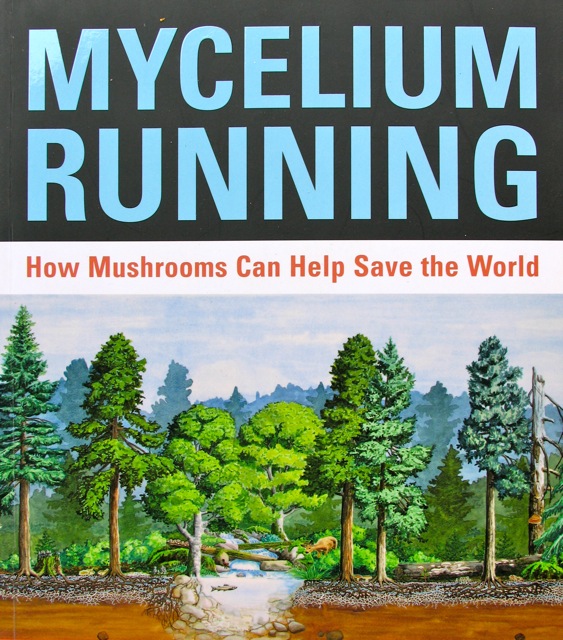
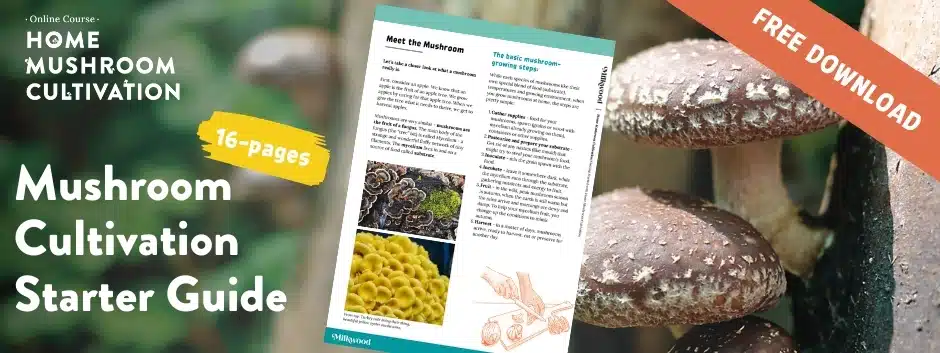
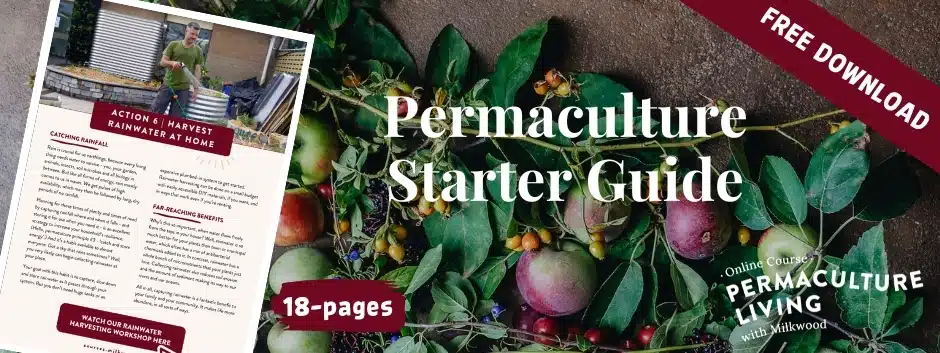
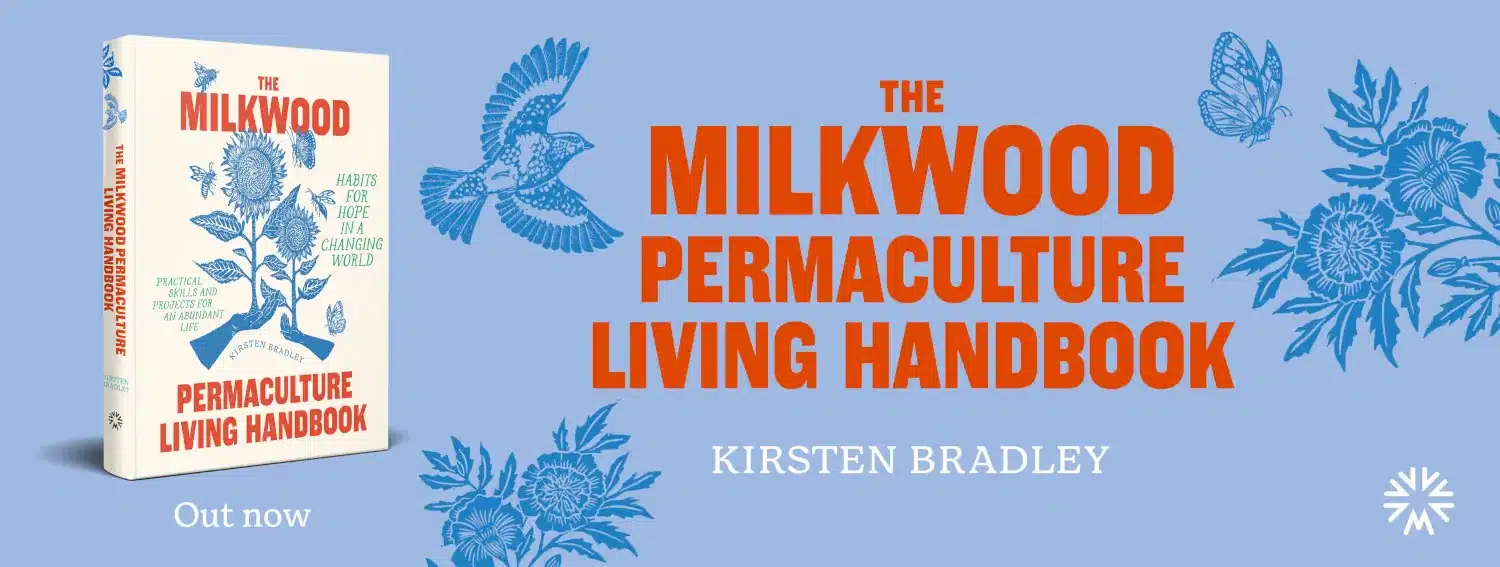
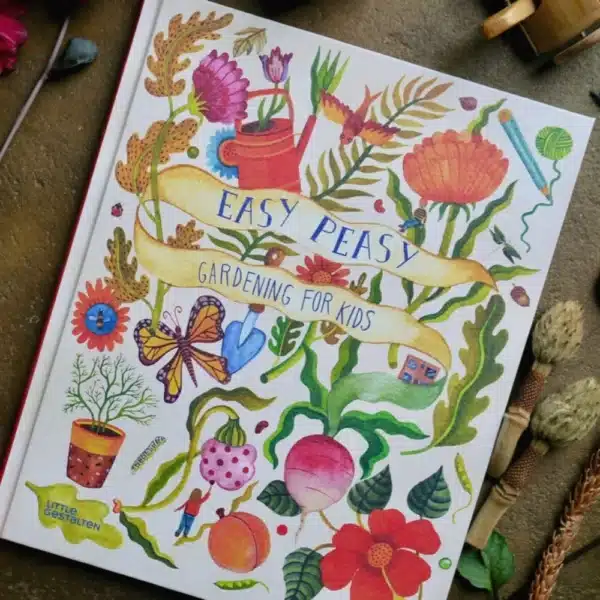
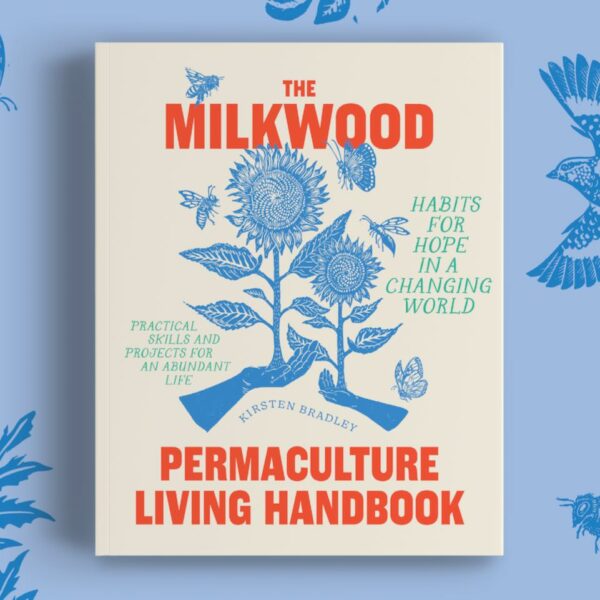







I’ll have to read those at some stage. It took me years to build up the courage to read silent spring, which was great, but SO depressing. I’ve avoided reading too much about Monsanto, purely because of the depressing issue. I’m currently reading Joel Salatin’s books, I’ve just finished family friendly farming, and am reading you can farm now. Great!
Recently I wrote a blog entry offering a leftist critique of the ideology of “Green” environmentalism, deep ecology, eco-feminism, and lifestyle politics in general (veganism, “dumpster diving,” “buying organic,” “locavorism,” etc.). I’d be interested to hear your thoughts on the matter and any responses you might have to its criticisms.
Wow, Ross. My opinion? That sorta stuff is great for talking in city cafes, but i think yr energy would be better spend actually making a garden, consolidating your food supply with your own two hands and local networking, and generally getting the heck on with it…
if you actually think that the only people doing the ‘small farm thing’ are coming from a point of romanticism, maybe come spend a week at Milkwood. We could help you widen your view on why folks dedicate their lives to this stuff…
Typical anti-intellectualism. “Why think, when you could just mindlessly do? After all, we wouldn’t want to get bogged down in -analysis-.”
Ugh.
http://www.fungibank.csiro.au/default.htm
please take a look at an interesting site about Australian fungi.
according to this info for example, Aust has an estimated 1200-2400 truffle species with 83 genera currently known, compared with 50 genera known in Europe, and only 18 in Africa.
Great resource, Suzy! Many thanks.
@Ross – hey matey – at least i took the time to read your post and give you my honest opinion! And ever heard of learning by doing, rather than learning by endless analysis?
PS. You can buy from fungi.com from outside the US, you just have to phone them and give credit card details. Or there may be other ways but that’s how I did it (from Australia). (I am also wading through about 6kg of Stamets texts myself ATM) (The shipping wasn’t expensive).
Sweet. Thanks, Anji
Hi Kirsten, You are one wonderful writer. My friends and I in W.A. have been campaigning for many years against GE. I like to say GE because clever Monsanto have convinced many that “we have been modifying food for thousands of years” . Their network of people , politicians, scientists, media people, is HUGE! The bribe money that must have gone into this programme to control the worlds food supply has got to be multi billions . But thanks to people like you, its not working. My tireless friend Janet will this weekend drive a round trip of 5 hours… Read more »